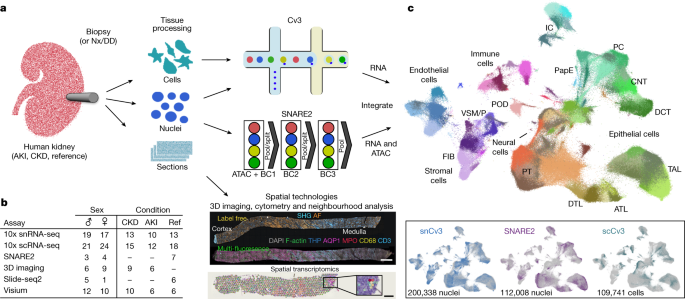2023-07-20 パデュー大学
◆この研究により、アルコール依存症の原因が脳にあることが明らかになりました。遺伝子の特定は、脳の神経可塑性や神経伝達に影響を及ぼすことを示しています。アルコールへの欲求は、脳の変化によるものであり、脳の変容が薬物乱用に似ていることが分かりました。痛みの軽減がアルコール摂取の動機の一つとして働いており、この知見により早期のカウンセリングがアルコールの回避につながる可能性があります。
<関連情報>
- https://www.purdue.edu/newsroom/releases/2023/Q3/controlled-study-links-pain-related-genes-to-alcoholism.html
- https://onlinelibrary.wiley.com/doi/10.1111/acer.15131
過度の飲酒に関連する神経可塑性と侵害受容遺伝子の変異を複数の動物モデル研究で明らかに Multi-animal-model study reveals mutations in neural plasticity and nociception genes linked to excessive alcohol drinking
William M. Muir, Chiao-Ling Lo, Richard L. Bell, Feng C. Zhou
Alcohol Published: 19 June 2023
DOI:https://doi.org/10.1111/acer.15131

Abstract
Background
The basis for familial alcohol use disorder (AUD) remains an enigma due to various biological and societal confounds. The present study used three of the most adopted and documented rat models, combining the alcohol-preferring/non-alcohol-preferring (P/NP) lines and high alcohol-drinking/low alcohol-drinking (HAD/LAD) replicated lines, of AUD as examined through the lens of whole genomic analyses.
Methods
We used complete genome sequencing of the P/NP lines and previously published sequences of the HAD/LAD replicates to enhance the discovery of variants associated with AUD and to remove confounding with genetic background and random genetic drift. Specifically, we used high-order statistical methods to search for genetic variants whose frequency changes in whole sets of gene ontologies corresponded with phenotypic changes in the direction of selection, that is, ethanol-drinking preference.
Results
Our first finding was that in addition to variants causing translational changes, the principal genetic changes associated with drinking predisposition were silent mutations and mutations in the 3′ untranslated regions (3′UTR) of genes. Neither of these types of mutations alters the amino acid sequence of the translated protein but they influence both the rate and conformation of gene transcription, including its stability and posttranslational events that alter gene efficacy. This finding argues for refocusing human genomic studies on changes in gene efficacy. Among the key ontologies identified were the central genes associated with the Na+ voltage–gated channels of neurons and glia (including the Scn1a, Scn2a, Scn2b, Scn3a, Scn7a, and Scn9a subtypes) and excitatory glutamatergic secretion (including Grm2 and Myo6), both of which are essential in neuroplasticity. In addition, we identified “Nociception or Sensory Perception of Pain,” which contained variants in nociception (Arrb1, Ccl3, Ephb1) and enlist sodium (Scn1a, Scn2a, Scn2b, Scn3a, Scn7a), pain activation (Scn9a), and potassium channel (Kcna1) genes.
Conclusion
The multi-model analyses used herein reduced the confounding effects of random drift and the “founders” genetic background. The most differentiated bidirectionally selected genes across all three animal models were Scn9a, Scn1a, and Kcna, all of which are annotated in the nociception ontology. The complexity of neuroplasticity and nociception adds strength to the hypothesis that neuroplasticity and pain (physical or psychological) are prominent phenotypes genetically linked to the development of AUD.


